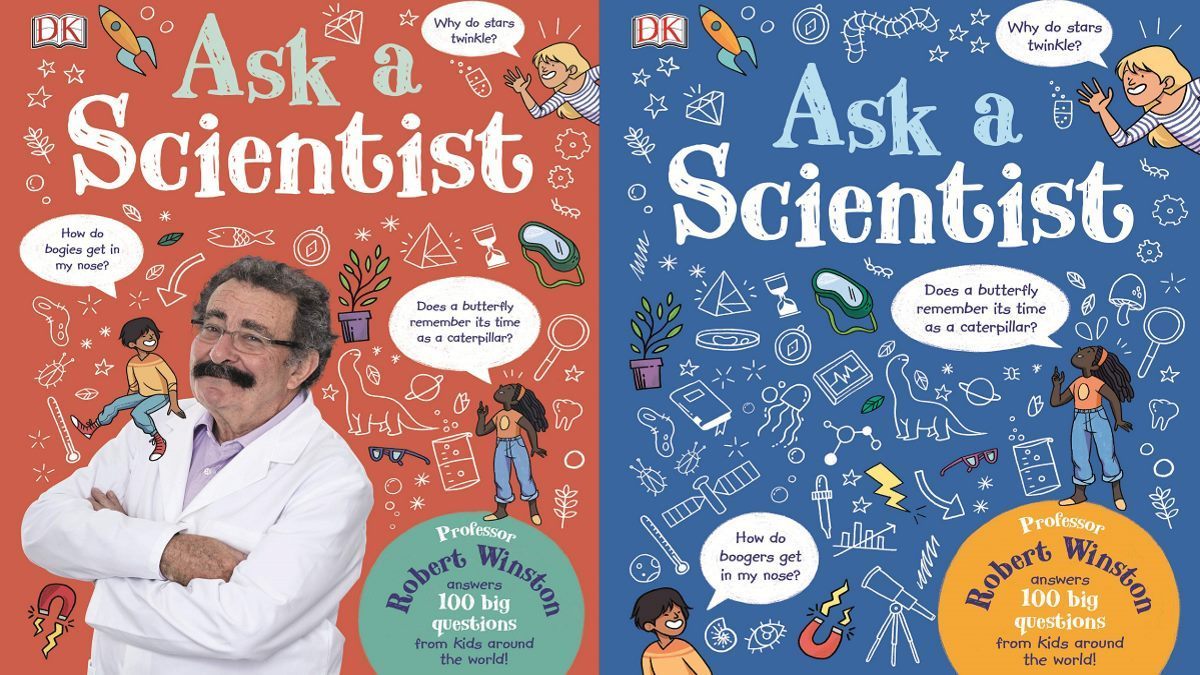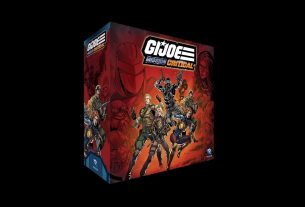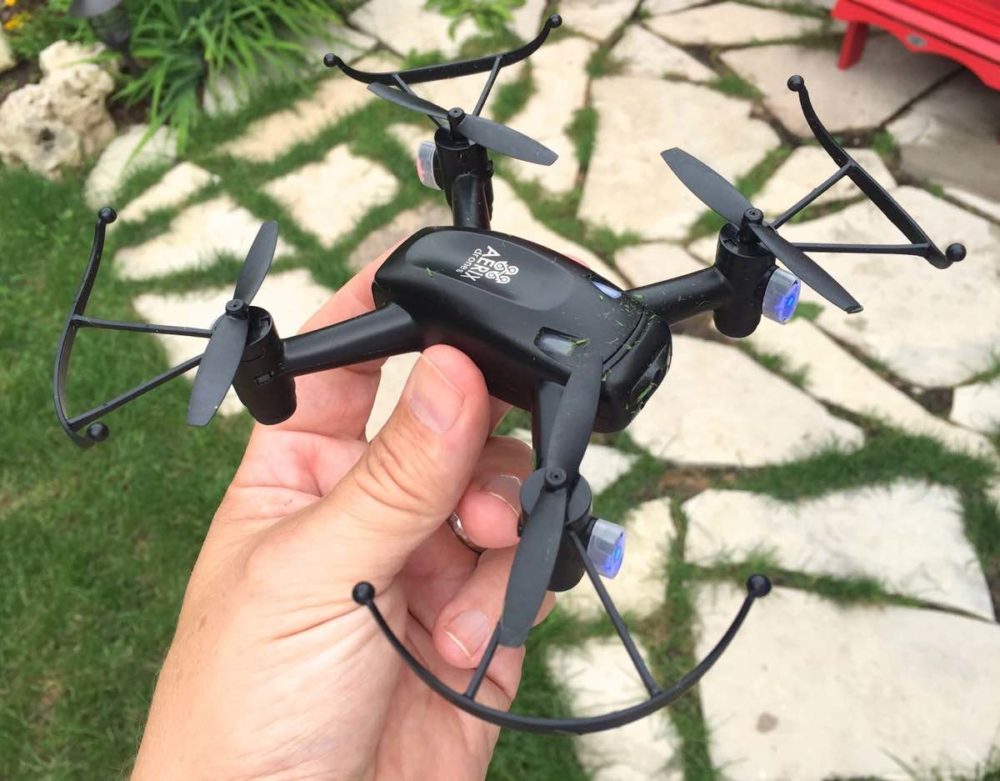
This Week’s Word Is “Question.”
I’ve already had “scientist” as a Word Wednesday word, and whilst I doubt anybody is checking, I’m trying not to repeat myself between columns. Since this week’s book is called Ask a Scientist, with British national treasure Professor Robert Winston answering “100 big questions from around the world,” I figured “Question” is a reasonable alternative.
What is Ask a Scientist?
The tagline says it all really. In this book, Professor Winston answers 100 science questions asked by children across the globe. The book opens with a foreword, explaining the importance of asking questions and consulting other scientists for answers. It stresses the importance of carrying out experiments in order to find out the answer to a scientific question and how some questions cannot currently be answered.
“And just occasionaly there’s a question that nobody can yet answer. This is why science is so exciting. Because if you become a scientist you may find answers to things which are yet unknown.”
Prof. Robert Winston in Ask a Scientist.
After a few preliminary questions about what science is, “What is Science so important?” and “What makes someone a scientist?” the book gets stuck into some fab science questions.
“What is the body made of?”, “Why is there no air in space?” and “How was the first person born?” all feature on the opening few pages. There are also perennial science question favorites such as, “Why is the Sky Blue?” (I didn’t actually realize that if the eye were better at picking up purple, the sky would appear purple (how cool would that be?), “How do bogies (boogers) get in my nose,” and “Why does our skin go wrinkly in the bath?”
Generally, there are one or two questions to a double-page spread, with one question being the main focus and the second (if there is one) a supplementary question. Such as, “Why do we need a brain?” and “Is it possible to transfer a human brain into a robot?” The book is arranged haphazardly, though not in a bad way. It’s not themed, so questions about biology might appear after pages about engineering or physics. This makes the book great for dipping in and out of. There’s a comprehensive index if you want to home in on a specific type of question.
Before the index is a four-page glossary of terms. One thing I do really like about the book is that it has, what can be best described as an “on-page glossary.” If a particular description has a technical term that requires a little more explanation, it will be written in bold text. This means that somewhere nearby on that page there will be a definition of the term used (or possibly a biography of a particular person, such as for Emperor Hongwu, below). For example, on the “How was the first person born?” page, the words “evolution” and “mammals” are explained in further detail.
The book is an A4 sized hardback consisting of 128 pages.
Why Read Ask a Scientist?
The book’s publisher, DK are excellent at slicing and dicing science learning and repackaging it in new and engaging ways. This book does exactly that and DK did something similar with the recent General Knowledge Genius. The Q&A format is a great way to engage children who are forever excited about the world around them. I’ve been asked a lot of the questions in this book during my parenting life and having it to hand would have allowed me to give better answers than some of the ones I’ve offered down the years!
The page layout is, as ever, is excellent. Bold colors, excellent photography, and a mixture of photos and cartoon drawings to mix things up and draw the eye. As is common in DK books there are sidebars and diagram labels to help drip feed the information. Text information rarely comes in chunks bigger than a paragraph. Nobody should feel overwhelmed gleaning this book’s secrets.
There are some fabulous questions in here, I could list so many of them, but here are my top 5 (on this pass, I’m sure if I did it again I’d choose some different ones!)
- Where does my belly button go?
- How do spiders make webs?
- Is there a magnet so strong it will pull us by the iron in our blood?
- Why doesn’t it tickle when you tickle yourself?
- Why don’t jellyfish tentacles get tangled together?
This is a great book for children and grown-ups alike. For parents, it answers 100 questions, some of which they’re almost certainly going to be asked before their kids leave home. In fact, Ask a Scientist is probably the best baby shower gift nobody will ever receive. If you did give it, you’d get quizzical looks at the time, but trust me, one day this book will come into its own.
If you’d like to pick up a copy of Ask as Scientist, you can do so here, in the US and here, in the UK (affiliate links.)
If you enjoyed this review, do check out my other Word Wednesday posts.
Disclosure: I received a copy of the book in order to write this review.






